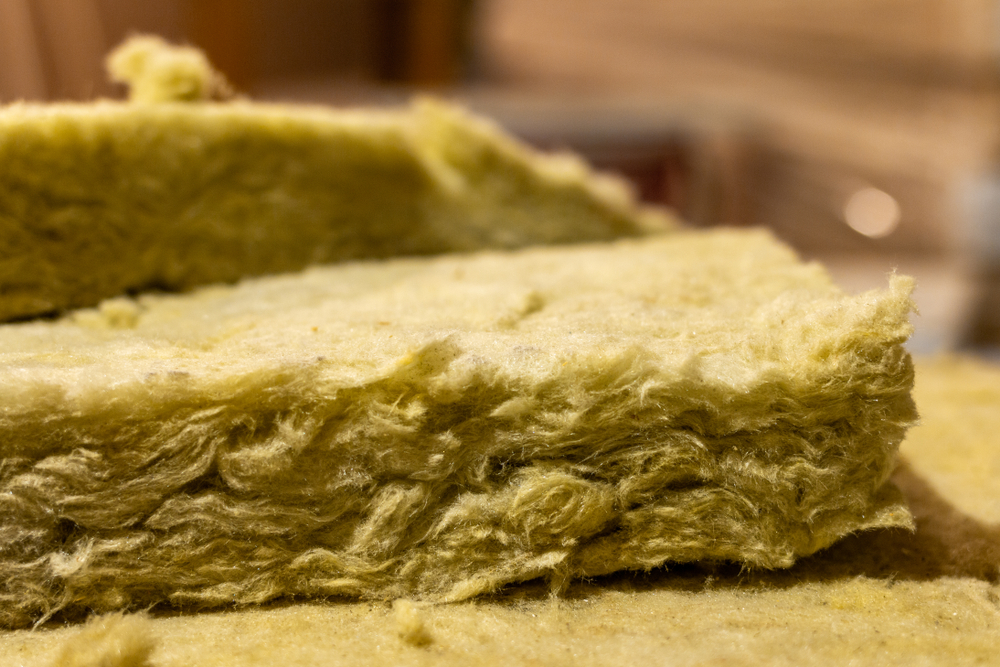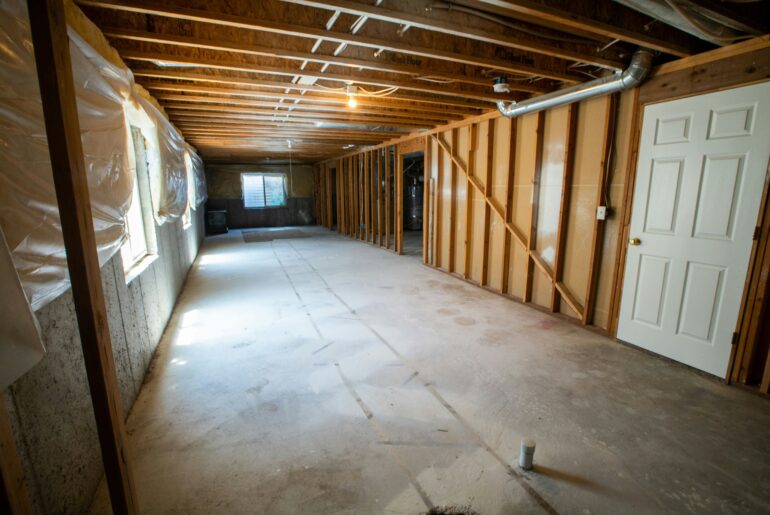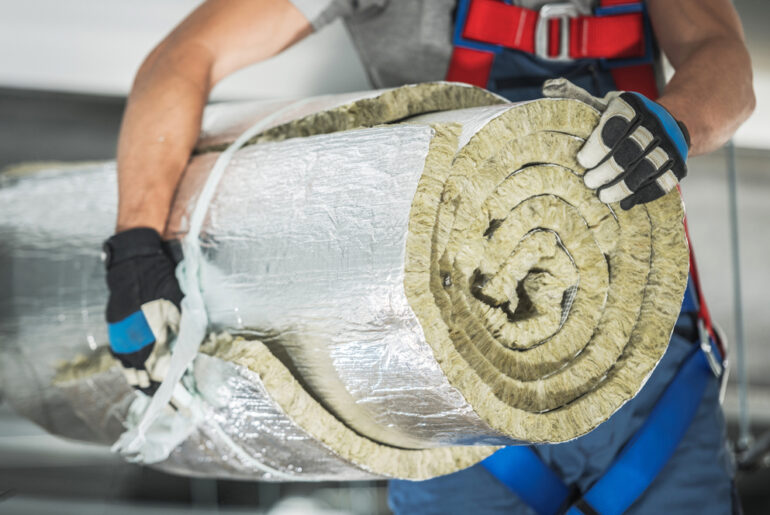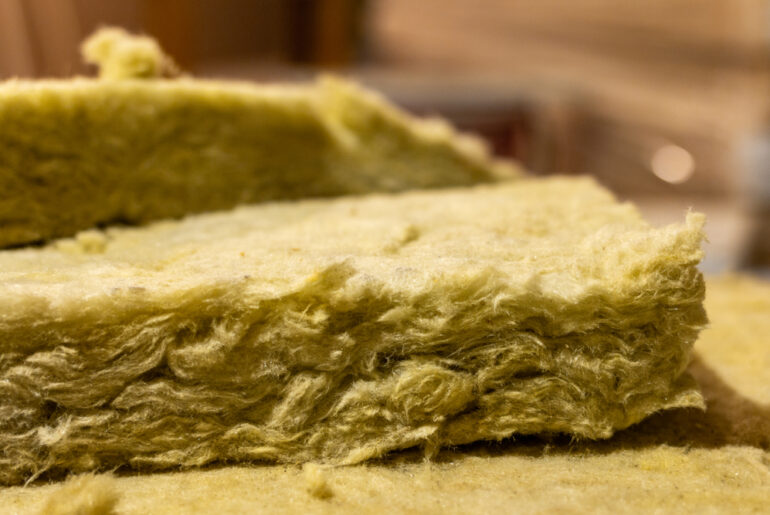We can all agree that insulation is instrumental to a home’s comfort and efficiency. Likewise, selecting the correct type of insulation is just as imperative.
The primary factor you consider when choosing insulation is the R-value. It is the resistance of a material to conductive heat flow. R-value represents the thermal resistance of an insulating material, which means a higher R-value equals more effective insulation.
When comparing R-values, you’d often be puzzled between R13 and R19. Which of the two do you choose, and when? Let’s help you out.
What Is R13 Insulation?
In the simplest terms, an R13 insulation means the insulation material has an R-value of 13. Typically, the material is a fiberglass batt. You can find R13 insulation in both closed-cell and spray foam variants.
The thickness of the insulation material is about 3/8 to 5/8 inches.
Where Is It Used?
According to the US Department of Energy, R13 insulation is ideal for use in walls, especially those in the country’s southern region. R13 insulation can also be used in flooring in the south.
Similarly, you can use R13 insulation in basement walls, regardless of your geographical location. However, if we compare R13 to R19, we’d say the latter is the better pick for basement walls if you live in the north.
Usually, the best use for R13 insulation is in walls with a thickness of 4 inches. The insulation material attenuates sound and provides thermal comfort.
Think of it like a blanket inside the walls, ceiling cavity, or floors. Not only does it keep noise out, but also manages the temperature inside.
R13 Insulation Depth
The depth or thickness of R13 insulation will vary from manufacturer to manufacturer. Generally, it is available in 3.5-inch thick batts. But you can also find 4-inch thick R13 insulation.
The difference in depth is also due to the insulation type. For example, if you get R13 spray foam insulation, its thickness will be less than the same insulation in the closed-cell type.
The former’s thickness would be around 2.5 inches, while the latter’s thickness can go up to 3.7 inches.
What Is R19 Insulation?
Again, the simple answer is that R19 insulation has an R-value of 19. Since the R-value is higher, R19 insulation materials have a better insulation ability than their R13 counterparts.
But that doesn’t mean R19 insulation is always the better option. We’ll go into detail about this later.
Where Is It Used?
While R13 insulation is considered ideal for walls, R19 is an even better option. The main difference between the two is that R19 should be used in colder regions like the north, while R13 will suffice in warmer climates.
That’s because R19 has a higher insulation value, which keeps the temperature inside more consistent and comfortable.
The standard thickness for an R19 fiberglass batt is around 6.25 inches. If you use a batt of this thickness in a 2×6 closed well, there will be a compression of 0.75 inches because the depth of the 2×6 wall is 5.5 inches.
That means when you use it in walls, it will basically give you the efficacy of an R18 insulation. A common place where compression is inevitable is around the windows. So, you might want to opt for thicker insulation here.
It’s a common code requirement in certain states and regions in the US to use R19 insulation for a vertical wall that has frames with 2×6 studs. Check your local building codes to see if R19 insulation is required in your area.
Apart from that, you can also use R19 insulation in crawl spaces, attics, and ceiling cavities. It can also be used in outside walls where the adjacent interior space is conditioned.
R19 Insulation Depth
We’ve already established that the depth of R19 insulation is 6.25 inches. You can increase the insulation depth to 8 inches if you want better thermal performance. However, this will increase the insulation cost.
Which One Should You Choose: R13 or R19?
Many homeowners are under the impression they always have to choose R19. But that’s not true.
Here are some factors to determine which one is better for your application.
Climate
We said it earlier, too. Northern homes are better off with R19 insulation as it will offer better thermal performance. Homes in the south will benefit equally from R13 insulation.
Since it’s not as cold in the southern part of the US, R13 insulation can provide satisfactory results.
Stud Size
The ”stud” is the vertical wood or metal frame used in wall construction. If your studs measure 2×4 or less, then R13 is just fine. But if they are 2×6 and above, R19 insulation is the way to go.
In most cases, new homes have a 2×6 wall frame. That is why it’s important to use R19 insulation in them, as anything less won’t be as effective.
Budget
Since R19 is thicker, it is more expensive than R13 insulation. If you want to put insulation in an area where both R-values will suffice, there’s no need to invest in the more expensive option.
Is R19 Insulation Better Than R13?
There’s a common misconception that a higher thermal performance rating means an insulation material is ”better.”
What’s better for your home will depend on the use case. There are many instances where R13 does a stellar job.
For example, the insulation material comes with a Noise Reduction Coefficient (NRC) of 90%. That means it’s capable of absorbing sound, which is great for both internal walls and ceilings.
Also, insulation materials with R-values between 13 and 21 are suitable for walls in all zones in the US. It’s quite easy to install, too. You’ll need a few staples and a free weekend to do the job. The prep work for the R13 installation is also minimal.
While there’s no denying the superior insulation performance of R19, the truth is that both materials can get the job done just fine.
When Should You Upgrade From R13 to R19?
Having said what we mentioned above, there are times when you have to opt for the more efficient and more expensive option. For one, if you live in a cold climate, upgrade to R19 insulation.
Doing so will help lower your energy bills since the material’s high insulation value will keep the warm air inside your house.
You should also consider R19 insulation if you are remodeling your home and want to increase its value. The thicker material will make it more appealing to potential buyers, who’ll know that the house is well-insulated.





